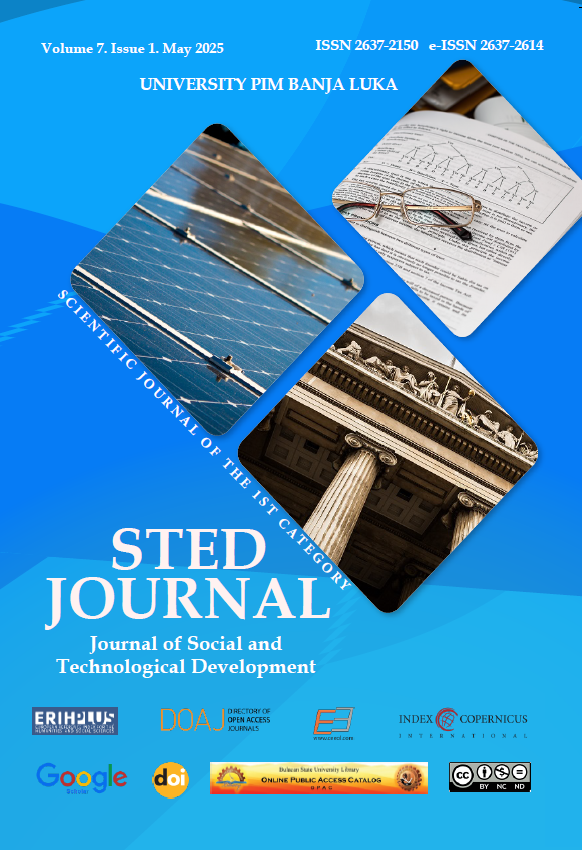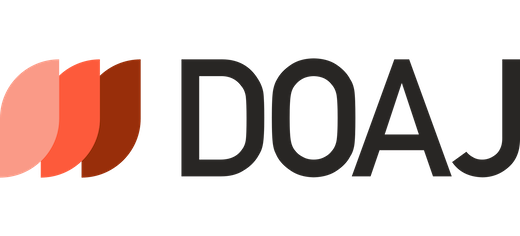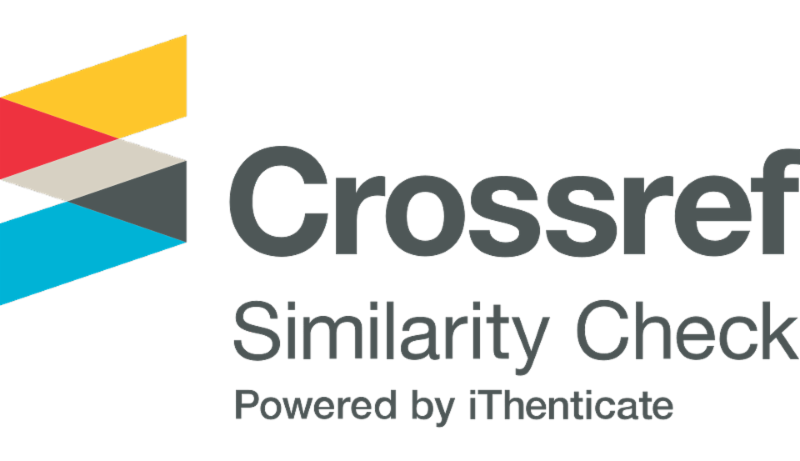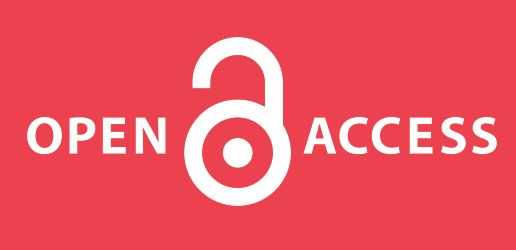
More articles from Volume 7, Issue 1, 2025
RELATIONSHIPS BETWEEN PERSONALITY TRAITS, LIFESTYLES AND ACADEMIC ACHIEVEMENT OF STUDENTS
ATTITUDES AND STEREOTYPES OF HEALTHCARE WORKERS ON THE CAUSES AND ELEMENTS OF SUICIDE
ENHANCING INSURANCE SERVICES IN SERBIA WITH APPLICATION OF THE SERVQUAL MODEL
ATTITUDES AND KNOWLEDGE OF THE INHABITANTS OF SERBIA ABOUT ARTIFICIAL INTELLIGENCE AND ITS TECHNOLOGIES
ANALYSIS OF MARINE FUEL OIL PURIFIER EFFICIENCY, CHEMICAL ELEMENTS AND COMPOUNDS FOUND IN THEM
Article views
FINANCING OF HEALTHCARE INSTITUTIONS FROM THE OBLIGATORY HEALTH INSURANCE IN THE REPUBLIC OF SRPSKA
Faculty of Economics, Univerzitet PIM Banja Luka , Banja Luka , Bosnia and Herzegovina
Faculty of Economics, Univerzitet PIM Banja Luka , Banja Luka , Bosnia and Herzegovina
Faculty of Economics, Univerzitet PIM Banja Luka , Banja Luka , Bosnia and Herzegovina
Fond zdravstvenog osiguranja, Fond zdravstvenog osiguranja Republike Srpske , Prijedor , Bosnia and Herzegovina
Editor: Dejan Kojić
Received: 29.04.2025.
Accepted: 13.05.2025. >>
Published: 30.05.2025.
Volume 7, Issue 1 (2025)
pp. 110-118;
Abstract
The existence of an efficient system of public health care in the social community is a characteristic for a quality social entity and a measuring element of the life quality in a population. Like any other sub-system in the state, it is necessary to finance the sustainable development of the public health system. The paper contains an analysis of several payments models from the funds of the obligatory health insurance to the health system and health service providers, with a presentation of the existing systems and models of covering costs. For this purpose, research was conducted by comparing historical data on health care costs and analyzing their trends. The aim of the paper is to research and select adequate financing models for provided health services, which is the job of managers in health care, in order to choose between several models developed for this purpose. The manner in which health care costs are settled in the Republic of Srpska, as well as the amounts in the observed period, is also shown. Conclusions on trends confirmed, that the costs of medical treatments, for which the state allocates money for the health care system, are increasing. At the same time, it was observed that the number of insured persons is decreasing, and that despite the relatively high average allocation for treatment per capita, considerable amounts of direct personal payment for services and medicines are still high, which are either not available from obligatory health insurance, or are difficult to access through regular procedures. Keywords: health care, health insurance, medical costs, financing models.
Keywords
Author Contributions
Conceptualization, J.J.; Methodology, J.J.; Validation, M.I.; Visualization, M.I.; Formal Analysis, Ž.G. and M.T.; Supervision, Ž.G. All authors have read and agreed to the published version of the manuscript.
References
Citation
Funding Statement
The authors finance the publication fees.
Copyright
All papers are licensed under a Creative Commons Attribution 4.0 International License.
Article metrics
The statements, opinions and data contained in the journal are solely those of the individual authors and contributors and not of the publisher and the editor(s). We stay neutral with regard to jurisdictional claims in published maps and institutional affiliations.












